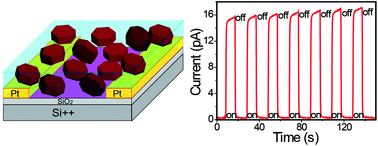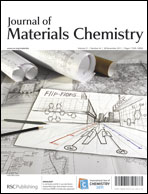Eco-friendly visible-wavelength photodetectors based on bandgap engineerable nanomaterials
Abstract
The development of visible-wavelength photodetectors based on eco-friendly and bandgap engineerable nanomaterials represents an important and promising direction in photodetector study. This highlight reviewed the recent progress in the design and construction of photodetectors based on the environmentally friendly binary metal chalcogenides and bandgap-tunable ternary or quaternary compounds such as InSe, In2Se3, ZrS2, Sb2Se3, and CuInSe2etc. Most photodetectors exhibit high sensitivity, fast photoresponse and good stability, benefiting from increased carrier mobility or improved carrier separation. We believe that the continuous effort in this direction will produce promising and practicable photodetectors and may open up new insight into the design of controllable photodetectors and their potential applications in new fields.


 Please wait while we load your content...
Please wait while we load your content...